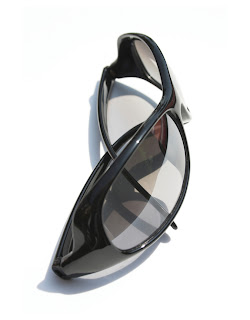Wow, what an exciting and informative demo today on how to copy fit text.
For those of you whose eyes were spinning as I was doing my demo, here is the overview.
Tools needed: A pica pole, a type gauge, a calculator, triangle, T-square, paper and type specimen book.
Step 1: Have hard copy printout at 12 pt. Courier, Double-spaced. Determine how many characters are in a paragraph of copy. Pick three lines in the paragraph (short, medium and long line) to get an average Character Per Line. Multiply the average CPL by the number of lines in the paragraph for a total character count in the paragraph.
Step 2: Using the type specimen catalog pick out a type style that you want to use. Also pick out which point size you want to use. In the graph under the point size you want to use find the Character Per Pica number for the Lower-case alphabet.
Step 3: Determine the width of you column of text you want in your layout(measured in Picas).
Step 4: Multiply the column width by the CPP of the typeface to give you a CPL for the typeface at a given point size.
Step 5: Divide the total character count of the paragraph by the CPL to find out how many lines of copy will exit at a given width, in a specified typeface and point size.
Draw this out as a rough pencil sketch to use as a tracing template for your comp. You do this for each paragraph of copy you want to use in a layout. You need to practice this several times to get the hang of it. You will be copyfitting in an upcoming project, so know how to do this.

 Here are a couple of images I found of typesetting from the past. One is of ladies setting type by hand and the other is a mechanical typesetting machine. It was quite a beast, but it sped up the setting process considerably. Also, I found a site on the web describing what graphic designer and typesetters had to do before computers were introduced into the work flow. Typesetting and Layout
Here are a couple of images I found of typesetting from the past. One is of ladies setting type by hand and the other is a mechanical typesetting machine. It was quite a beast, but it sped up the setting process considerably. Also, I found a site on the web describing what graphic designer and typesetters had to do before computers were introduced into the work flow. Typesetting and Layout






